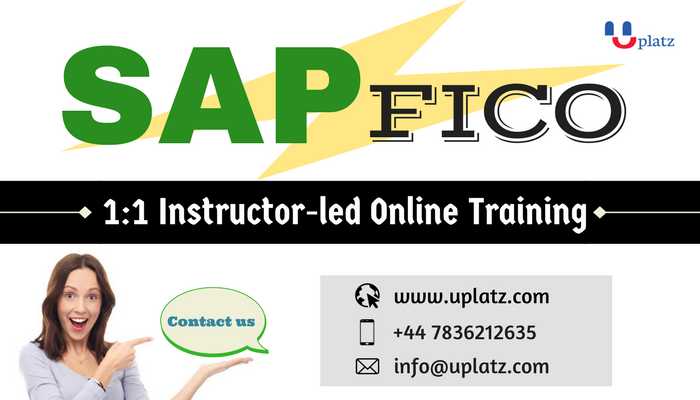SAP BI

SAP BI
Course details
Full hands on training will be provided
Certification preparation
Interview preparation
System login
Timing
Week days (2 week)
Weekends (8 weekends)
Course Content
DATA WAREHOUSING
BI Overview
•Data warehousing/ BW/ BI Introduction
•Master data: Attributes, Texts, and Hierarchies
•SAP and BI standard naming conventions
Data Modelling
•InfoObjects: Definition
•Types: Characteristics, Key Figures, Time, Unit
•InfoCubes: Definition
•Types: Standard, real time, remote
•Design: Star Schema concepts
•DataStore objects (DSO):
•Types: Standard, Real time
•InfoSets
•MultiProviders creation
•Infocube VS DSO
Metadata and Document Management
•BI Content definition
•Installing BI content
Defining extraction
•SAP source systems: Create generic data source
•Files: Create data sources for File Source Systems
Define Transformations
Define data flow
•Date transfer process creation
•Process chain creation
Understanding Planned Working
•Check process chain runs
•Monitor for extraction and data transfer processes
Performance optimization
•Create the first aggregate for an InfoCube
•The BIA Index Maintenance Wizard
User Management
• Standard authorizations
•Analysis authorizations definition
Transports
•Move objects from one system to another
BI SUITE: Business Explorer
BEx Query Designer
•Create and design new queries
•Component Properties
•Create reusable structures
•BW Server Functions: Copy queries between Cubes, delete elements
Web Application Designer
•WAD: Functions; Web Items, Template and Properties Window
•Web Applications: Settings, Stylesheets, Symbols and Properties
•Design: Layout of Templates, working with Library
•Web Items and attributes
Activities – BEx
•BEx Analyzer
•BEx Web Application Designer
•BEx Report Designer
BI Platform
Information Broadcasting
•Broadcaster functions: Precalculating and Exporting into Enterprise Portal
•User Guide
OLAP
•OLAP v OLTP: Concepts and differences
•OLAP Functions
•MetaData Repository: Searching for MetaData
Helpful
•SEM-BPS: Planning Overview
•BPS component architecture
•Planning Models
•Characteristic relationships, Variables.
•Data Slice
•Web Interface and Planning Folders.
Performance
•Data Model for Performance
•BW Statistics: Tools and Tables
•Effective query design
•Compression
•Partitioning
•Aggregates
•Data Load Performance
•Partitioning








